-
Posts
5,391 -
Joined
-
Last visited
-
Days Won
3
Content Type
Profiles
Forums
Blogs
Gallery
Events
Store
Posts posted by Gordon Williamson
-
-
I remember having one of these plaques in the dim and distant past, for one of the S-Boot flotillas that operated in the Mediterranean. Don't see them around much these days .
You'd need much better pics for sound opinions on the full size badge. The mini looks nice too, again you don't see the larger S-Boot minis so often now.
0 -
Spans a number of services.... anyone guess who signed?
M36094 is 3 U-Flotille. Signature looks like R?sing.
0 -
There should not be a big gap like this between the end of the bullion trim and the body of the cap.

 0
0 -
Assuming that the EK2 and EK1 are also for U-Boat service, somewhere in excess of ?2500 - or around $5000. Could be more depending on whether he was a crewman or officer/commander of the boat.
The DK Doc on its own would be ?1500 to ?2000 depending on whether first or second type (Raeder or D?nitz signature)
0 -
Wow !!!!!!
Adolf Bock, designer of many KM War Badges. Super photo Chris !
0 -
David,
Looks like a good original case.
0 -
Mark,
The First Patterns are die cast zink too which is interesting as it certainly (for me at least) gives the lie to the claim that some early pieces in the Second Pattern were made in Tombak. That would be a first ! Early pieces in zink, followed by later patterns in Tombak !
0 -
Hi Mark,
Yes, thats the first Second Pattern in 40 years of collecting that I have ever had in that sort of condition with no sign of bubbling. Likewise the First Pattern, I have had a couple of other First Pattern silvers thgrough my hands but never seen another in this condition. Definitely my favourite piece.
A lot of the Second Patterns I have seen with better finish seemed to have a flash coat of copper over the zinc before the silvering was applied and I wonder if this combination has something to do with preventing the bubbling. This coppering process was also common in some zink cap insignia ( SS skulls etc) and even on the backplate of the DKs where you can see the sandwich effect, and they didn't suffer from this bubbling.
0 -
The EK2 has a maker mark but difficult to say what it is. Any guesses ?
My first thought was WILM but it doesn't match a clearly marked Wilm that I have. Could be initials followed by a silver stamp ?
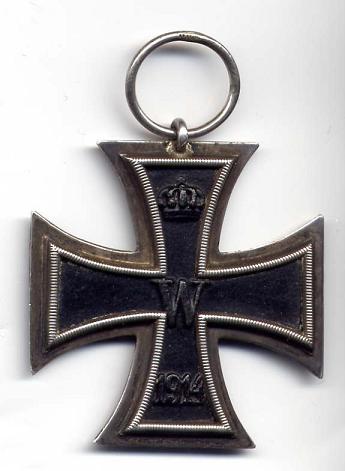
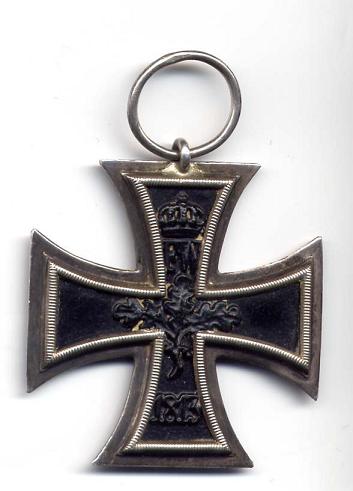
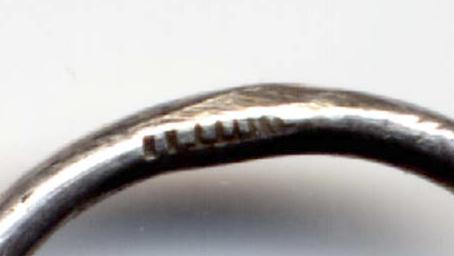




 0
0 -
Just picked up this litle set. Can anyone ID the unit. Chris, any idea where this unit would be at this point in time ?

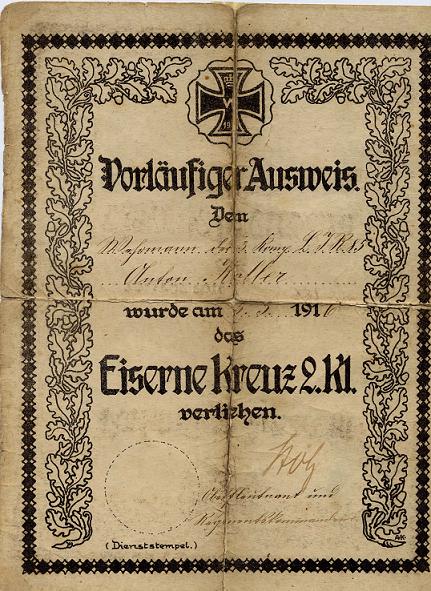

 0
0 -
John,
Although they at first appear almost identical there is one quick and easy way to tell the Mayer badge from the Zimmermann. Here is a Zimmermann, can you spot the difference ?
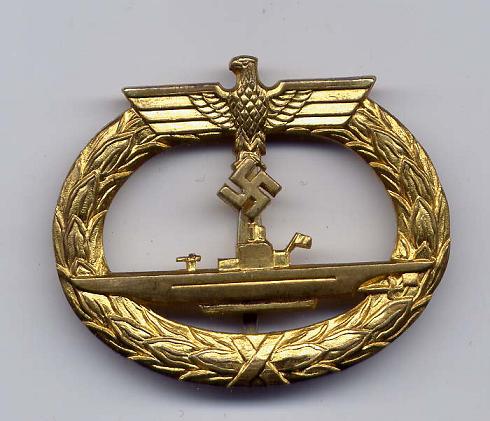
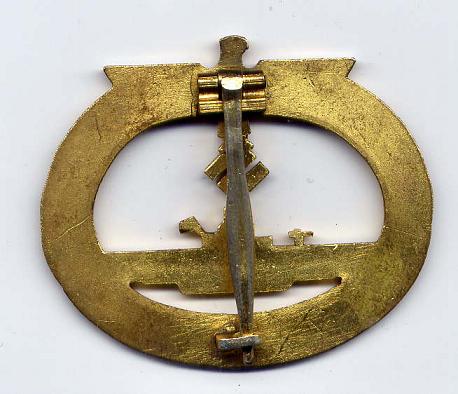

 0
0 -
Not known with absolute certainty, but believed to be Juncker.
0 -
What an interesting book! I believe that there were some awards of the Iron Cross in East Africa too. The 1951 film The African Queen touched on this often forgotten aspect of WW1. There was apparently an East African who served with Commonwealth forces in WW2 and wore his WW2 British medals, so the story has it, afterwards with his 1914 EK2 mounted on the end.
PK
Prosper,
The guy you are thinking of was RSM Chari Maigumeri of the Nigeria Regiment. The Nigerian Army actually named one of its barracks in Lokoja after him. He was decorated with the Iron Cross by the Germans for fighting against the British in Northern Cameroon. When that area came under British occupation, he was recruited into the WAFF in 1917 and fought against the Germans in East Africa. He subsequently got the MM in Ethiopia fighting the Italians and was I believe mentioned in dispatches for actions against the Japanese in Burma. A holder of the BEM, he was made an honourary Captain when he retired in 1953.
0 -
I'd agree with Marshall. A perfectly good original piece. I like the fact that the edges of the clamshell screwplate look very think, almost "sharp". The fakes that about usually have a much thicker edge.
I'd also tend to put the period of manufacture at post 1918, though my guess would be a 20s/30s piece, the frames from these also being used in the early Schinkelform 1939 EK1s .
0 -
Here is another TR examle, this time with Oaks
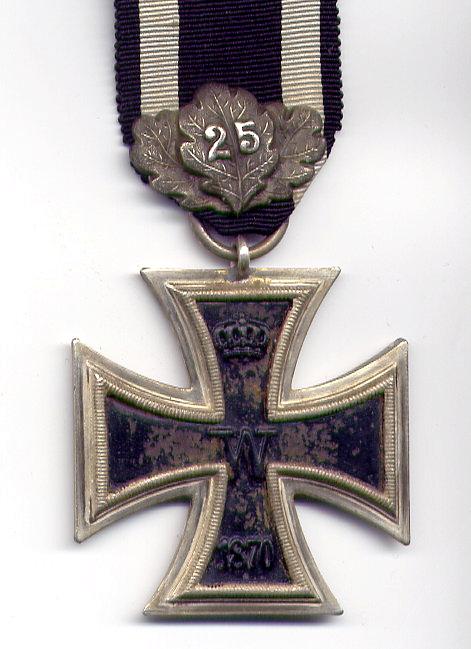
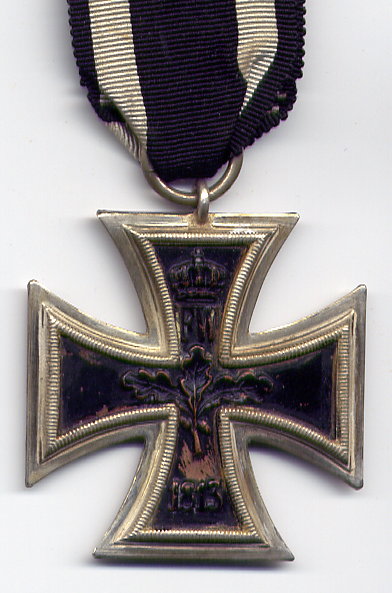

 0
0 -
Variance in cores between EKs from the same manufacturer seems much more common in Imperial pieces than in TR crosses for sure.
0 -
Yes, there is a stamp, but its not the manufacturers Initial(s), its just a square.
0 -
This interesting little piece ( yes it is distorted, not just an optical illusion) has two separate core pieces for front and back and going by the extremely sharp detail, which is much better in real life than these scans show, I'm guessing they are stamped rather than cast

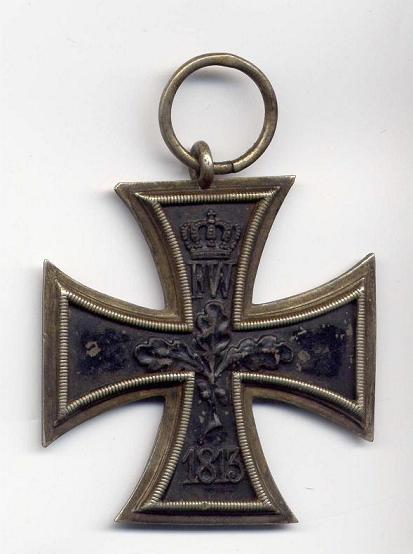

 0
0 -
Wonder why there are two core styles for the Fr (as opposed to FR) marked EK1s. One with the rounded top crown and one like this with the Hohenzollern Crown ??
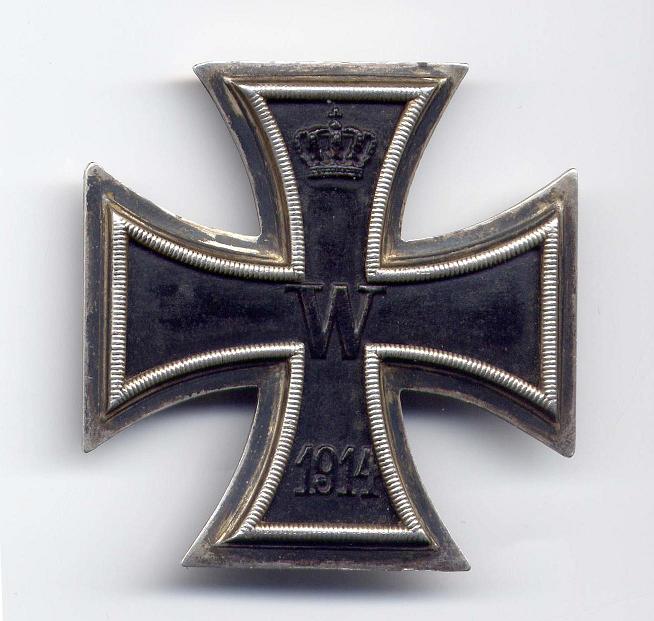
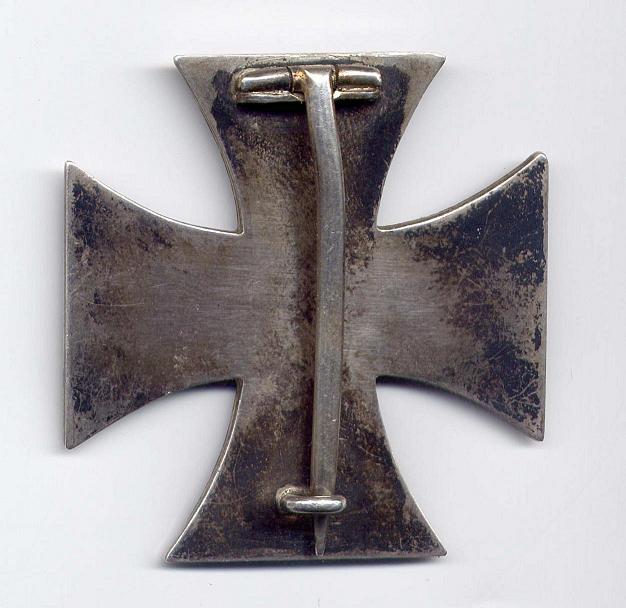

 0
0 -
Grabbed this principally because I love these cases with the 1914/15 dated Crosses on the lid.
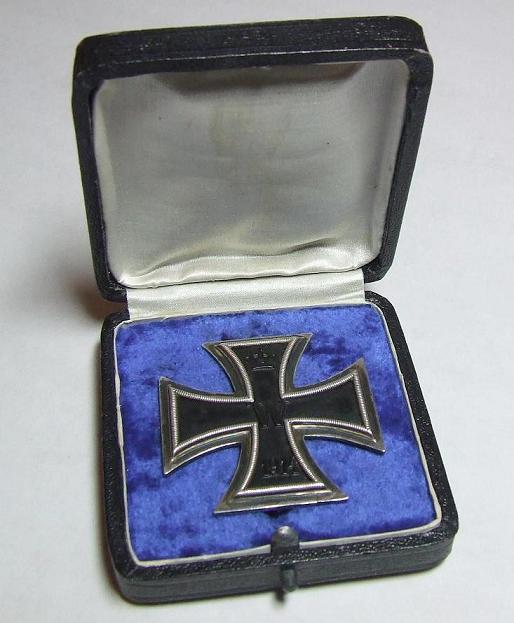
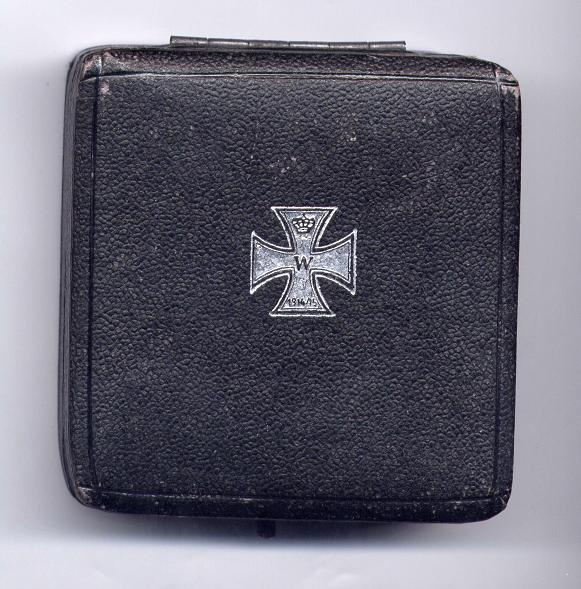

 0
0 -
Greg,
This looks like it may be a 3rd Reich period manufactured 1870 EK2. Strange though it sounds, 1870s were still being manufactured during the 3rd Reich ( EK2, EK1 and Grand Cross) along side the 3rd Reich period 1914s. Presumably as museum display pieces , or perhaps even for the collector market of the day ( medal collecting was a recognised and permitted hobby, though a special permit was required).
Certainly the shape and dimensions of the frame are what I'd expect to see in a Third Reich piece.
0 -
There were a few Knight's Cross winners served in the K-Verband ( i.e. Hermann Rasch who got the RK with U-106 then later served in Lehrkommando 300 in the K-Verband) but if you mean who actually earned their Knight's Cross with the K-Verband the only one I am aware of the Walter Gerhold and he is probably the name you are already thinking of.
0 -
Absolutely right. Knight's Crosses of the Iron Cross are invariably described as "rare" yet you can go to any one of a dozen or so dealer sites and find not just one each, but often several , for sale on a regular basis.
A case of confusing rarity and desirability. They may be desirable to many people, but they are not that rare. The ribbon bar here is probably statistically much rarer than an RK.
0 -
I have five KO marked EK2s and only two of them are the same, so there either had to be a bit of sub-contracting going on or they had a heck of a lot of die tooling !
0




UBoat Badge opinions
in Germany: Third Reich: Wehrmacht Medals, Decorations & Awards
Posted
Unconfirmed but believed by many to be Juncker.